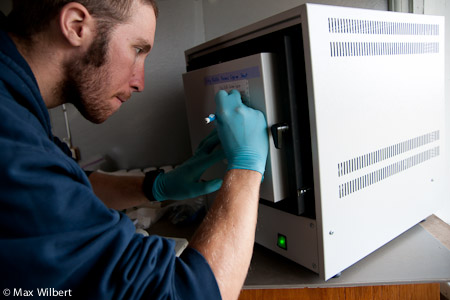Yesterday, Nikita, Blaize and I journeyed to the Omalon in support of two projects here in Siberia (See Max’s blog below). The river survey group have already introduced themselves, but Nikita and my project is a more recent development and has not yet been described here.
I am still working on terrestrial systems as was mentioned earlier in the blog, but my focus has shifted somewhat to the emission of nitrous oxide (N2O) and CO2 from the soils themselves. To those of you who are saying to yourselves: “Nitrous oxide, why does that sound familiar?” , I give ten points. Nitrous oxide is better known as laughing gas, and most of you have had experience with it at the dentist. What you may not know, however, is that nitrous oxide (from now on N2O) is a greenhouse gas that has been more or less overlooked in arctic systems to date.
N2O is produced in two different ways in an ecosystem: during denitrification (pronounced dee-night-riff-ih-kay-shun) the conversion of nitrate (NO3) to nitrogen gas (N2), and during nitrification, the conversion of ammonium (NH4) to nitrate (NO3). Most of the Nitrous N2O produced is through the denitrification pathway, which only occurs when there is available nitrate, organic carbon, and low oxygen levels. However, a small amount of N2O is also created during nitrification as a byproduct. Additionally, it is somewhat common for there to be small pockets of low oxygen in the soil, in which denitrification can take place in as well. If you combine the N2O produced during nitrification, and that made during denitirification, you may have a sizable amount of this greenhouse gas in places you wouldn’t normally expect it.
That’s what we are trying to figure out; how much N2O is being given off by different types of soils in the Russian arctic?




